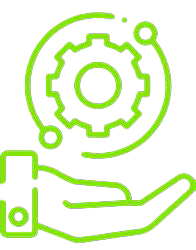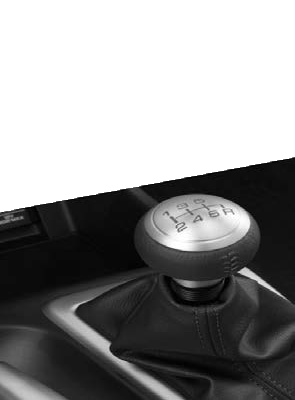The main functions of a clutch and engine acyclism
Welcome to the first edition of our series of training articles on the clutch! The purpose of this quarterly meeting aims to help you quickly identify a problem on a clutch during your daily repairs. You will find the advice that Valeo Service has identified to help you establish a quick diagnosis. Our 1st article relates to the main functions of the clutch and to engine acyclisme.
THE MAIN FUNCTIONS OF A CLUTCH
 |  |  |
|
BASIC |
COMFORT |
PROTECTION |
 |  |  |
- Transmit all the torque.
Couple and uncouple the engine and the gearbox. - Enable the driver to control the torque to be transmitted.
Change gear smoothly.
Reduce the vibrations between the engine and the gearbox. - All clutches are designed to slip in the event of excessive torque in order to protect the engine and the transmission.
The clutch and the engine flywheel must be capable of dissipating heat. Premature failures usually result in clutch slippage.
ENGINE ACYCLISM: DEFINITION
Internal combustion engines can be characterized by the alternating compression and combustion phases.
The cyclic pressure variations inside the cylinder result in variations in the speed of rotation. These variations are called acyclism.
Acyclism causes an uneven speed of rotation of the crankshaft. This is also called torsional vibration.
 |
GOOD TO KNOW
 | Perceived noise can be caused by poor filtration of vibrations and acyclism. It is the result of the rotation of the crankshaft + engine flywheel + clutch assembly, which is subject to cyclical irregularities. |
Get the Latest: Subscribe to Our Newsletter
By signing up your email address above, you agree to receive electronically our commercial offers. You can unsubscribe at any time by changing the settings on your account and through unsubscribe links.
We use reCAPTCHA to prevent automated abuse of our forms. Your use of this form is subject to Google's Privacy Policy and Terms of Service.